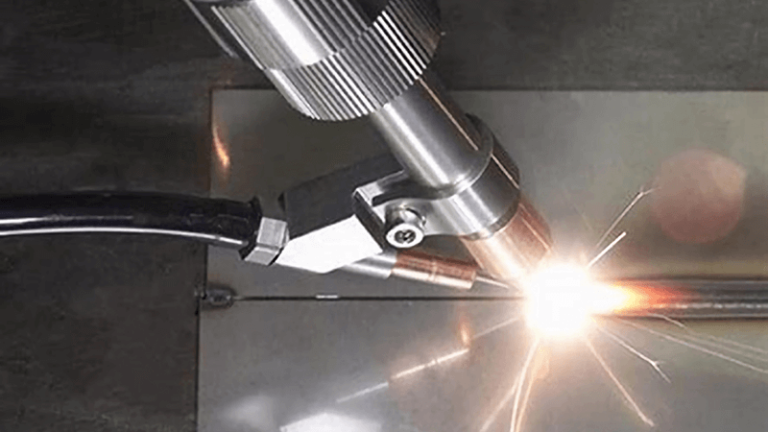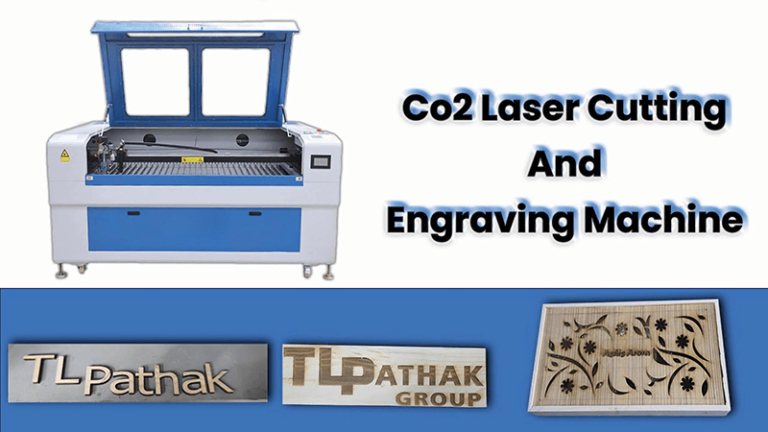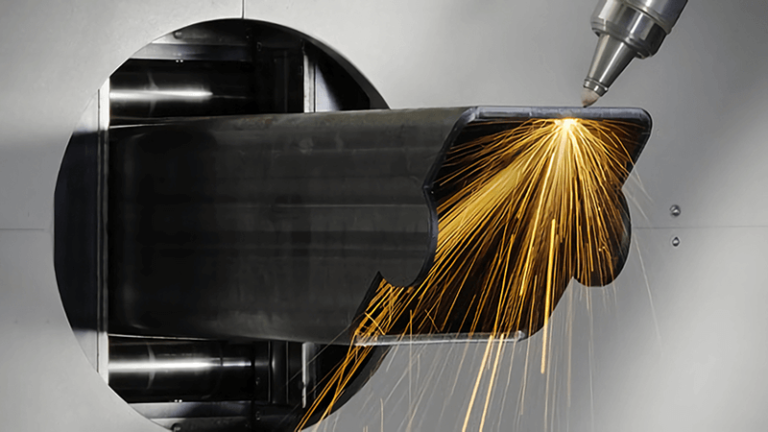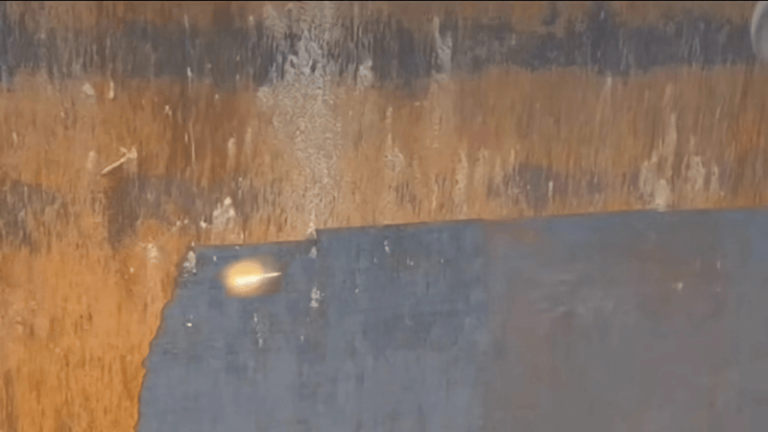Laser cutting technology has revolutionized the way we approach metalworking. With the right equipment, you can cut metal with unparalleled precision and speed. But can a laser really cut metal? Let’s dive into how this works and the key considerations involved.
Yes, lasers can cut metal! Laser cutters, particularly fiber lasers, are specially designed to slice through metals like steel, aluminum, and copper with high precision and efficiency. They’re indispensable in industries like automotive and aerospace.
Understanding how lasers cut metal requires knowing the specifics of laser technology, the types of metals involved, and the limitations of different laser systems. Let’s explore the factors that make laser cutting a go-to option for metalworking.
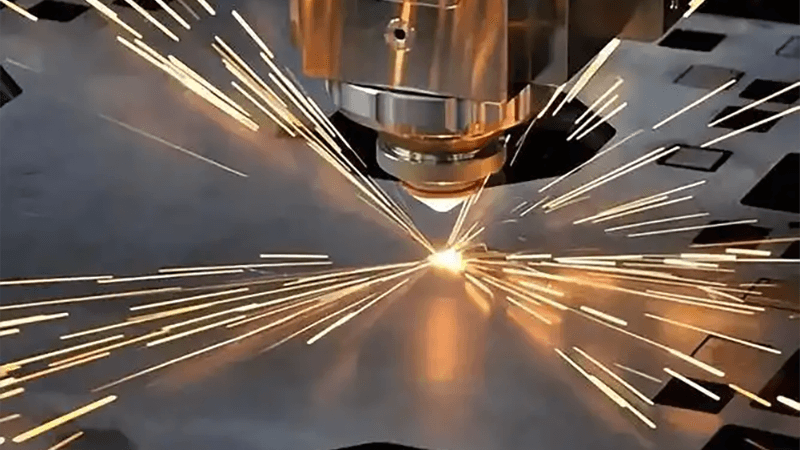
Can You Cut Metal with Lasers?
Laser cutting machines are often associated with precision work in various industries. But how exactly does a laser cut through metal? Is it as simple as using a beam of light? The answer lies in the technology behind fiber lasers.
Fiber lasers are designed to cut through metals with great precision. Their high beam quality and efficiency make them ideal for industrial applications, offering benefits like speed, accuracy, and the ability to handle reflective materials that traditional CO₂ lasers struggle with.
Fiber lasers have changed the landscape of metal cutting, offering both speed and accuracy for a range of materials. These lasers use a solid-state laser source, which produces a beam of light that is highly focused and efficient. The concentrated energy allows fiber lasers1 to cut through metals with high precision, making them suitable for both thin and thick materials.
One of the primary advantages of fiber lasers is their efficiency. Unlike CO₂ lasers, which require mirrors to direct the beam, fiber lasers transmit the laser energy through a fiber optic cable, ensuring minimal energy loss. This efficiency allows them to cut metal faster and with less heat, which is ideal for delicate materials or applications requiring intricate designs.
Fiber lasers also perform exceptionally well when it comes to cutting reflective metals2, such as aluminum, copper, and brass. These metals can reflect the laser beam, making it challenging for traditional CO₂ lasers to cut them effectively. Fiber lasers, however, are optimized for reflective materials, ensuring cleaner cuts and reducing the risk of damage to the laser head.
At Kirin Laser, we specialize in high-performance fiber laser cutting machines3 that are ideal for various metalworking industries, including automotive, aerospace, and industrial manufacturing. These machines are designed to provide both precision and efficiency, allowing businesses to achieve high-quality cuts without compromising on speed or material integrity.
| Material Type | Laser Type Best Suited | Cutting Speed | Max Thickness |
|---|---|---|---|
| Stainless Steel | Fiber Laser | High | Up to 25mm |
| Carbon Steel | Fiber Laser | High | Up to 30mm |
| Aluminum | Fiber Laser | Medium | Up to 20mm |
| Copper | Fiber Laser | Medium | Up to 10mm |

How Thick of Metal Can a Laser Cutter Cut?
When it comes to cutting metal, thickness is a crucial factor to consider. Laser cutters are not limited to cutting only thin materials; they can also handle thicker metals, depending on the machine’s power.
Fiber lasers can cut through various thicknesses of metal, with some models capable of cutting up to 30 mm thick steel. The thickness a laser cutter can handle depends on the power of the laser and the type of metal being cut.
The thickness of metal that a laser cutter can handle depends on the power of the laser and the type of material being cut. Fiber lasers, for instance, are widely recognized for their ability to cut thick metals with ease, but there are practical limitations based on the machine’s wattage.
In general, the higher the wattage of the laser, the thicker the metal it can cut. For example, a 500W fiber laser might be able to cut through thin sheets of stainless steel, but a 2000W fiber laser will be required to cut thicker materials, such as 20 mm or 30 mm carbon steel. Cutting speed also decreases as material thickness increases because the laser needs to apply more energy to melt or vaporize the metal.
A well-calibrated laser cutting machine4 can provide high-quality cuts, even on thicker materials, without the need for excessive post-processing. For example, if you're working with mild steel, a 4000W laser cutter can easily handle material thicknesses of 20 mm or even more.
At Kirin Laser, our fiber laser cutting machines come in a variety of power options, allowing us to meet different cutting needs. We also provide technical consultation to ensure that you choose the right machine for your specific metal thickness5 and cutting requirements.
Cutting Metal by Thickness
| Metal Type | 500W Laser | 1000W Laser | 2000W Laser | 4000W Laser |
|---|---|---|---|---|
| Mild Steel | Up to 3mm | Up to 6mm | Up to 12mm | Up to 20mm |
| Stainless Steel | Up to 2mm | Up to 4mm | Up to 8mm | Up to 15mm |
| Aluminum | Up to 1mm | Up to 3mm | Up to 5mm | Up to 10mm |
| Brass | Up to 1mm | Up to 3mm | Up to 6mm | Up to 10mm |

How Strong of a Laser to Cut Metal?
The strength or power of the laser is a critical factor in determining its cutting capabilities. When it comes to metal, more powerful lasers allow for cleaner, faster cuts in thicker materials.
To cut metal effectively, the laser needs to be strong enough to melt and vaporize the material. Fiber lasers with power ranges from 500 watts to 12,000 watts are commonly used for metal cutting, depending on the material and thickness.
The strength of the laser, measured in watts, plays a vital role in determining how efficiently and precisely it can cut metal. For thin materials, a lower-powered laser, such as a 500W or 1000W machine, can deliver clean and fast cuts. However, for thicker materials, a higher-powered laser is necessary to ensure the cutting process remains efficient and effective.
When cutting metals, the laser must generate enough heat to melt or vaporize the material. For instance, cutting thin aluminum sheets may only require 500W of laser power6, while cutting thicker plates of carbon steel may require a laser with at least 2000W or more to achieve the desired results.
Additionally, more powerful lasers help in maintaining high cutting speed7s, even when dealing with thicker metals. This ensures that businesses can increase their productivity while maintaining quality cuts, even in high-demand environments.
At Kirin Laser, we offer a range of fiber lasers8 with power options from 500W to 12,000W, catering to both small-scale and large-scale operations. Our experts are available to help you choose the right machine for your business based on the thickness of metal and cutting requirements.
Laser Power and Material Suitability
| Laser Power (W) | Suitable for Metal Thickness | Cutting Speed | Material Types |
|---|---|---|---|
| 500W | Up to 3mm | Moderate | Mild Steel, Stainless Steel |
| 1000W | Up to 6mm | Fast | Aluminum, Copper |
| 2000W | Up to 12mm | Very Fast | Carbon Steel, Stainless Steel |
| 4000W | Up to 20mm | Fast | Heavy Steel, Stainless Steel |
| 8000W-12000W | Up to 30mm | Very Fast | High-Strength Steel, Titanium |
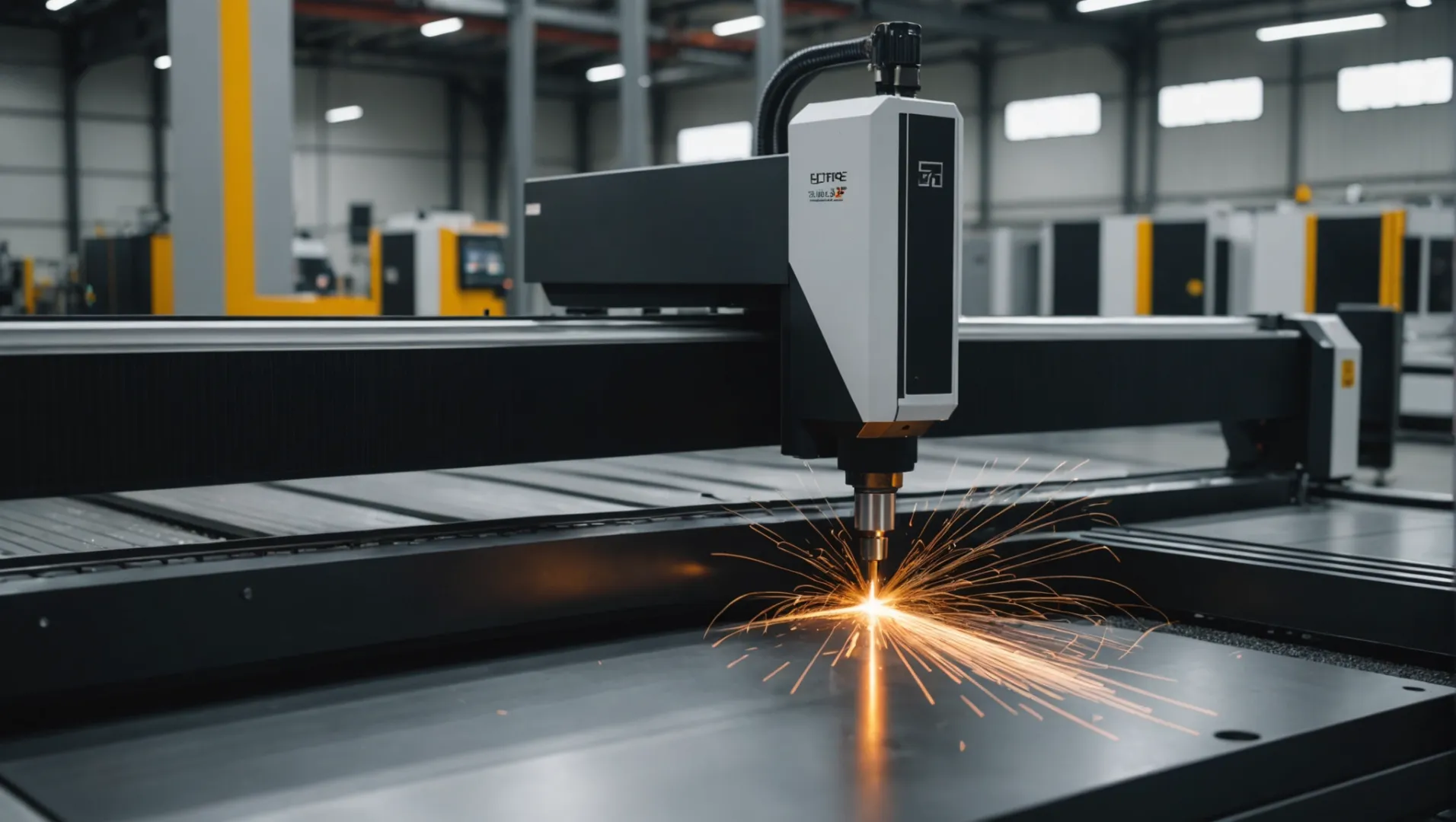
What Material Cannot Be Laser Cut?
Laser cutting is incredibly versatile, but not all materials can be cut effectively with lasers. While metals, plastics, and wood are commonly cut using lasers, some materials are more challenging or even impossible to cut.
Certain materials, such as reflective metals and some composites, are not ideal for laser cutting. Additionally, materials that release harmful fumes when cut may require specialized systems to handle the emissions safely.
Although laser cutting is a versatile technology, there are materials that are difficult or even impossible to cut. Some materials, such as certain types of ceramics, glass, and highly reflective metals, can create significant challenges when using lasers. For example, glass can fracture when exposed to the heat of the laser, while ceramics may crack or break.
Reflective materials like copper and brass can also be problematic for traditional CO₂ lasers because they reflect much of the laser energy. This can damage the laser head and result in poor cutting performance. Fiber lasers, however, are designed to cut these reflective materials more effectively.
Additionally, certain composite materials may be difficult to cut with lasers due to their structure. For example, carbon fiber can release harmful fumes when cut, which require special ventilation systems to ensure safety.
At Kirin Laser, we provide tailored solutions to overcome these challenges. Our fiber laser technology9 allows us to work with materials that other lasers may struggle with, including metals like brass and copper. For materials that cannot be laser cut, we can provide guidance on alternative cutting methods10.
Materials Not Ideal for Laser Cutting
| Material Type | Cutting Difficulty | Special Considerations |
|---|---|---|
| Glass | High difficulty | Risk of cracking or shattering |
| Ceramic | High difficulty | Can crack under high heat |
| Carbon Fiber | Medium difficulty | Releases harmful fumes |
| Highly Reflective Metals | Medium difficulty | Risk of laser reflection, use fiber lasers |
| Wood (thick) | Low to Medium difficulty | Can burn, requires proper settings |

Conclusion
Laser cutting has become an essential technology for many industries, offering precision, speed, and versatility. Fiber lasers are particularly effective for cutting metal, handling materials of varying thickness and types. However, understanding the power of the laser, the thickness of the material, and the limitations of the technology is essential when selecting the right equipment for your business. At Kirin Laser, we offer cutting-edge fiber laser machines11 designed to meet the demands of modern metal fabrication.
-
Explore the benefits of fiber lasers in metal cutting, including speed, efficiency, and precision, to enhance your understanding of modern technology. ↩
-
Learn how fiber lasers tackle the challenges of cutting reflective metals like aluminum and copper, ensuring cleaner cuts and better performance. ↩
-
Discover the advanced features of high-performance fiber laser cutting machines that enhance precision and efficiency in various industries. ↩
-
Learn how laser cutting machines operate across various metal thicknesses, ensuring optimal performance and quality in your projects. ↩
-
Discover the key factors influencing the metal thickness that lasers can cut, which is crucial for selecting the right equipment for your needs. ↩
-
Understanding laser power is crucial for optimizing cutting efficiency and precision in metal fabrication. ↩
-
Exploring cutting speed can help improve productivity and quality in metal cutting operations. ↩
-
Discovering the benefits of fiber lasers can enhance your decision-making for metal cutting solutions. ↩
-
Explore this link to understand how fiber laser technology can effectively cut challenging materials, enhancing your cutting capabilities. ↩
-
Discover alternative cutting methods that can be used for materials unsuitable for laser cutting, ensuring you have all the options available. ↩
-
Find your best laser cutting machine solutions from Kirin Laser, getting your best price also. ↩


